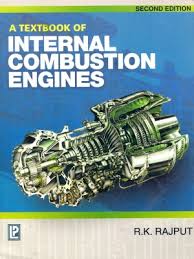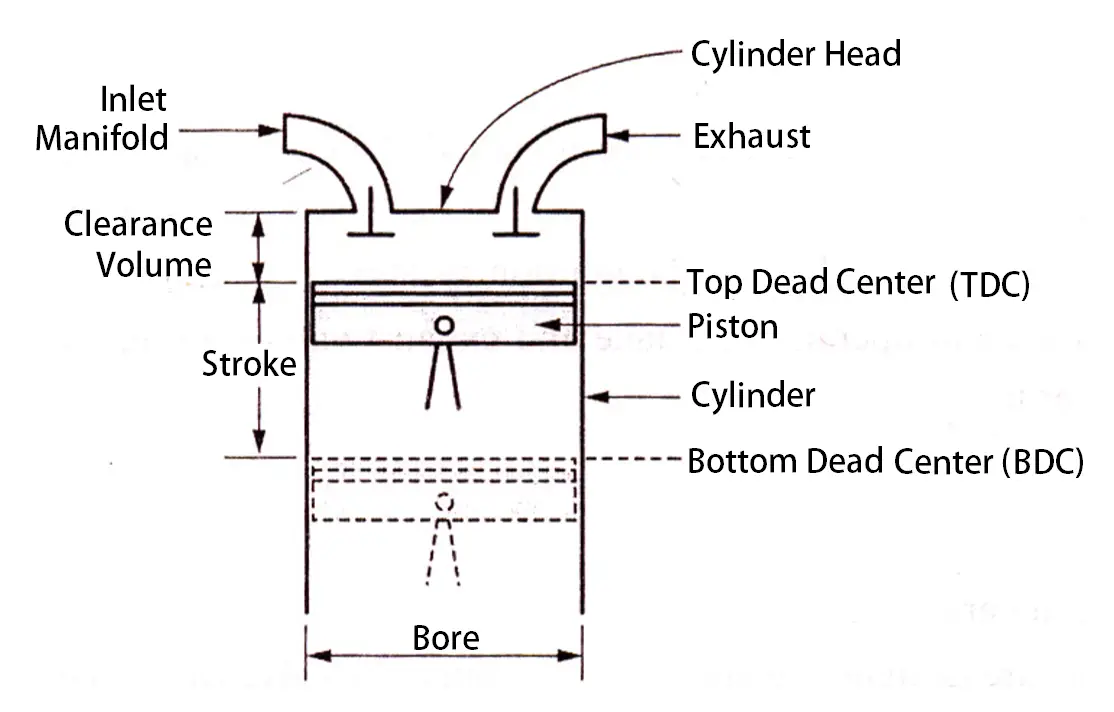

At the end of the stroke, the spark plug supplies the spark and burning of charge starts.Īs the charge burnt, the high pressure is built up above the piston and for which Piston moves outward and expansion of burnt gas take place adiabatically. So the charge within the cylinder is compressed adiabatically. In the stroke, the Piston moves inward and inlet and exhaust valve are in closed condition. In this stroke, the exhaust valve will remain closed and no Spark will give by the spark plug. The pressure within the cylinder falls and the mixture of oil and fuel enters into the cylinder through the inlet valve till the end of the stroke. In this stroke, the Piston moves outward. It runs in the following sequence of operation Inlet valve, exhaust valve, and spark plugs are mounted over the cylinder head. The working principle of 4-Stroke Petrol engine: It is also used as a sump for storing the lubricating oil. It is a casing that accommodates the cylinder, the connecting rod, and the crankshaft. The motion of the cam is transmitted to the valve through the pushrod and rocker arm which swings in a vertical plane about a fulcrum due to rotation of the cam. The camshaft is driven by the crankshaft at a speed which is the half speed of the crankshaft. The function of the camshaft is to operate the intake and exhaust valve through the cam, push road, and rocker arm. It is a part of the valve gear mechanism. The Piston rings near the head are called “compression rings” and those away from the compression ring are called “oil rings”. The Piston rings are made of special quality cast iron which can retain its elastic property event at high temperature. The Piston rings provide gas-tight fitted between the Piston and the cylinder so that leakage of high-pressure gas is prevented. Piston rings are accommodated in the grooves provided around the outer surface of the piston. Piston rings are known as the compression ring. A number of piston rings are fitted in the groups towards the top of the Piston to prevent the leakage of charge passes the piston. engines moving to the end inside the cylinder are known as trunk pistons. The cylinder body contains the passage for the inlet and outlet of the gases. And atomizer is fitted with the cylinder on the head and side of the Piston through studs and nuts. A cylinder head containing the spark plug.

In the case of water, it is sufficient to replace the liner. For smaller engines the cylinder with water jacket is cast in one block for a large engine, however cylinder liners are used with the main cylinder. In the case of a large engine, all the cylinders are cast in one block. The cylinders of internal combustion generally made of cast iron and Nickel cast iron. Water-cooled engine Components of Internal Combustion Engines: Cylinder:.


 0 kommentar(er)
0 kommentar(er)
